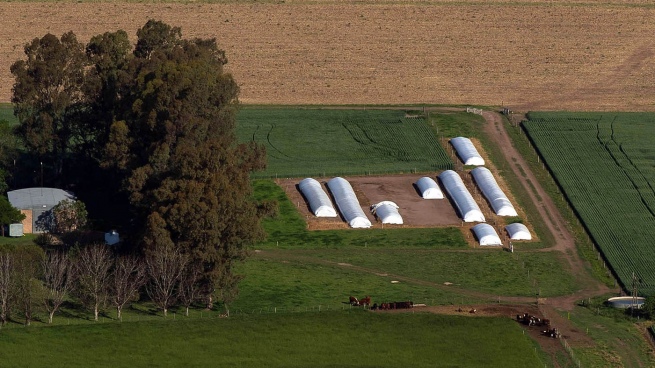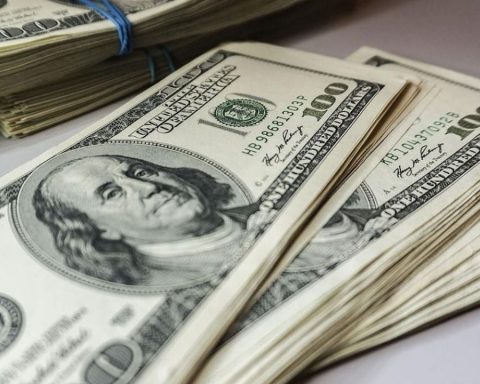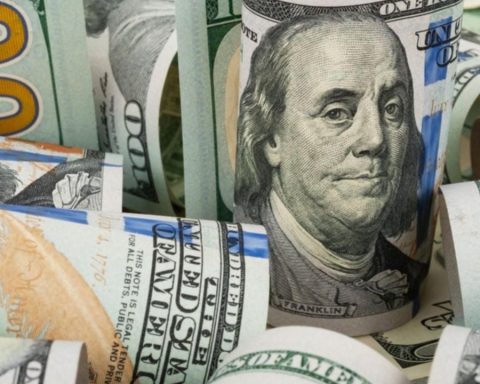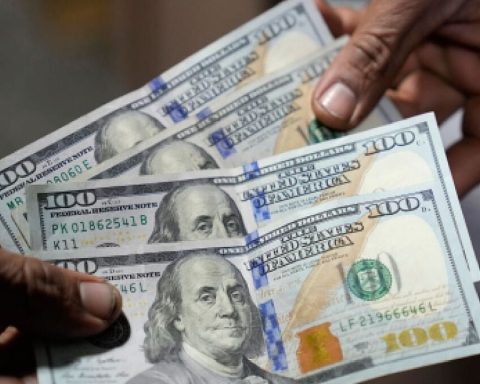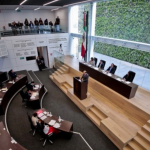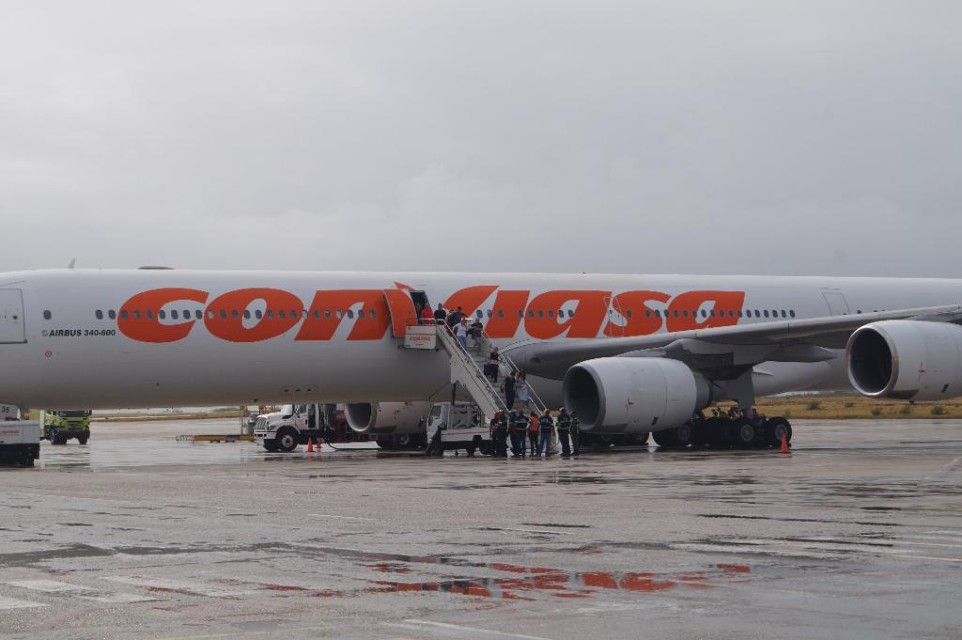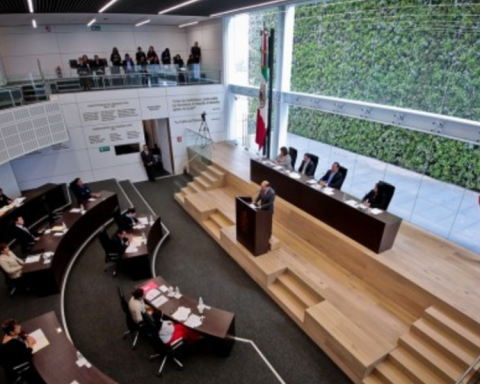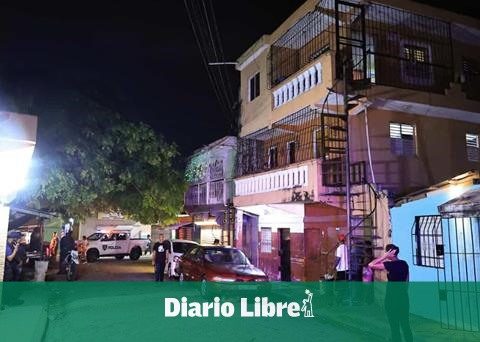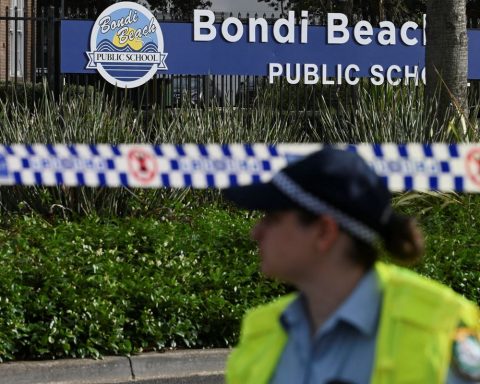The soybean production of the current campaign closed with a volume of 43.3 million tons, with an increase of 0.5% compared to the previous cycle, in a context in which the weather played a trick on the first months of the year, with lack of moisture and high temperatures that affected the possibility of greater growthreported the Buenos Aires Cereals Exchange (BCBA) when announcing the closing of the harvest at the country level.
Despite the end of the campaign, to date the marketing of grains by producers marks a delay of 18% compared to the same period of the previous campaign.
The data of this campaign
In this way, the 2021/2022 soybean campaign closed with a higher balance of 200,000 tons compared to the 2020/2021 season, thanks to an improvement in the yields obtainedsince the planted area was 600,000 hectares less than in the previous period.
In this sense, the average yield was 27.9 quintals per hectare (qq/ha), 4.1% above the average yield of the 2020/21 campaign, although it was the “third lowest in the last five seasons,” the BCBA pointed out.
Despite the fact that in the 2021/2022 season the production grew compared to the 2020/21 cycle, the final volume obtained was 8.5% less than the average of the last five threshing.
The final number was also below the initial expectations of the market, which projected a harvest of around 44 million tons.
production by region
The main reason why the oilseed could not reach the initial production forecasts was “the lack of humidity and the high temperatures in mid-January that affected the crop while the early sowings were beginning their critical period in the center of the agricultural area,” said the Cereal Exchange in its report.
Thus, the productive regions of the north and south nucleus reported average yields of 29.5 and 32.4 qq/ha, figures that represented a decrease of 14% and 2.4% respectively, when comparing the average yields of the last 5 campaigns. .
The NOT It was another of the regions hit by the weather, with a significant absence of rain during a large part of the crop cycle, an issue that generated “significant losses.”

The productive zone had a drop of 15.2% in its average yield to 21.7 qq/ha.
In the NEA the weather was more benevolent to soybeans, with convenient rains during February and March, which allowed yields to show a growth of 38.5% compared to the previous campaign, with 28.9 quintals per hectare.
Finally, in the south of Buenos Aires and La Pampa, where more than 75% of the planted area corresponded to second class soybeans, the accumulated production was almost 1.3 million tons, with an average yield of 15.6 qq/ha. , 5.5% below the region’s measure during the 2020/21 campaign.
“This was a consequence of the lack of humidity and the early frosts at the end of March while a large part of the area was in full grain filling,” explained the stock market entity.
Beyond the end of the campaign, the marketing of soybeans marks a considerable delay, especially if one takes into account that the difference between the production of the current campaign and the previous one is only 200,000 tons.
According to the Undersecretary of Agricultural Markets of the Ministry of Agriculture, Livestock and Fisheries, out of a production of 43.3 million tons, producers sold 18.53 million tons of the 2021/22 campaign, while at this point last year sales totaled 22.5 million tons, which represents a delay of 18% for the current period.
On the other hand, the latest export projections for the soybean complex estimated by the Rosario Stock Exchange (BCR) would close with a record value of US$23,863 million, which if materialized would mean an increase of US$387 million compared to what was invoiced in 2021.
The biggest jump will be in shipments of soybean oil, which would reach US$ 8,069 million, US$ 968 million more than last year; followed by biodiesel shipments, which would add US$273 million more to US$1,763 million in 2021.
Meanwhile, soybean meal/pellets exports would go from US$12,105 in 2021 to US$12,297 million this year.
On the contrary, for bean shipments, the turnover would be around US$ 1,734 million, significantly below the US$ 2,780 million of 2021.
